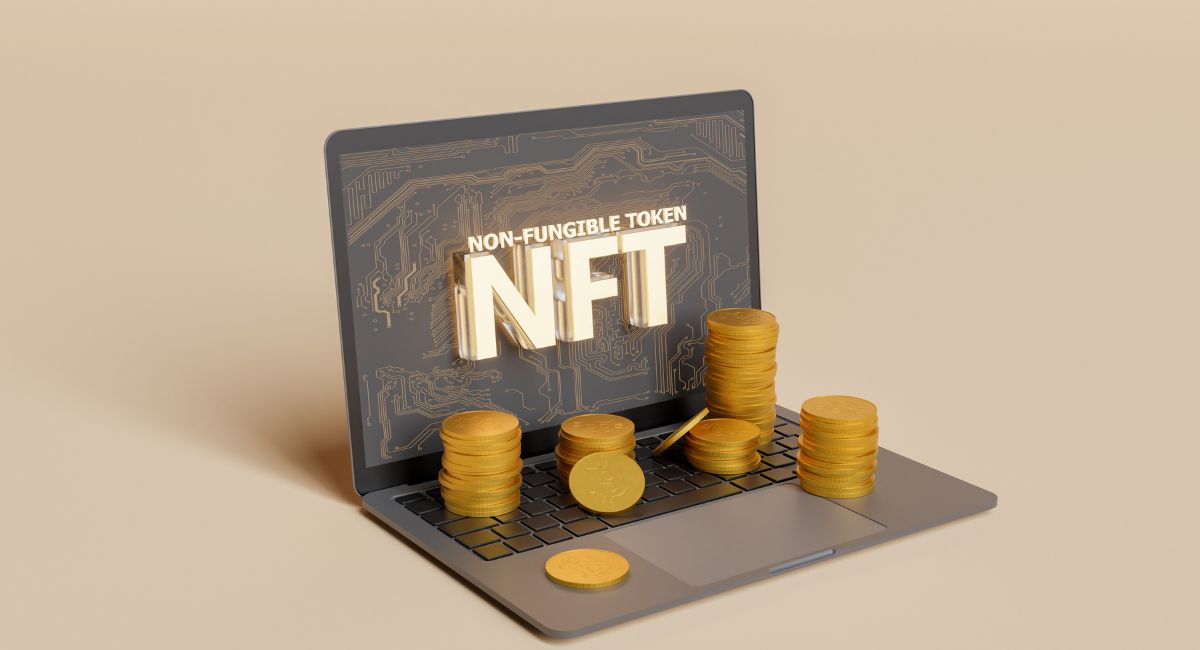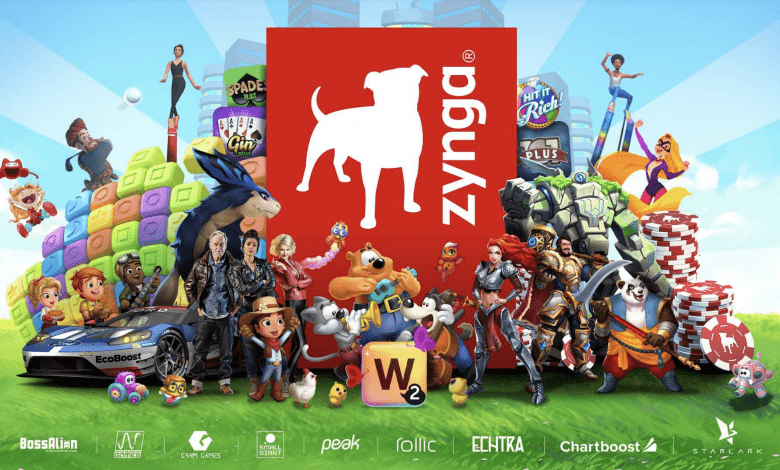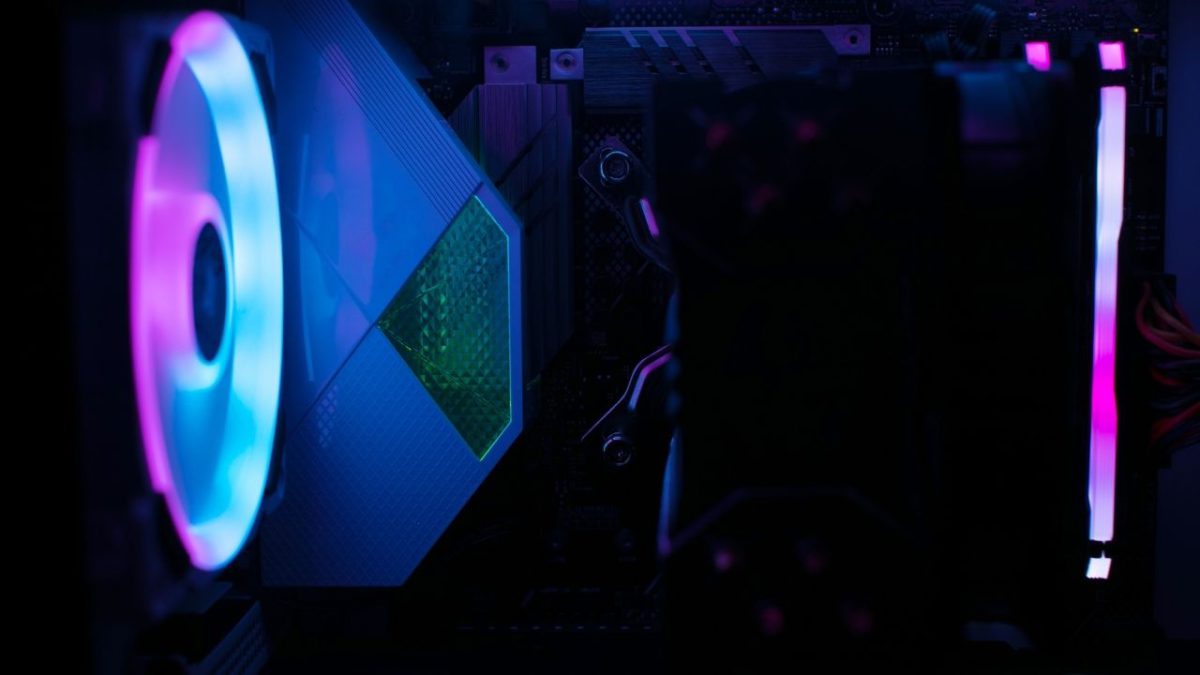Blockchain And NFT Are The Reason Gamers Are Becoming Investors
The video game industry is booming, with a market worth over $162 billion now and a forecast of $295 billion in the next five years. Mobile gaming was previously considered a fleeting fad by the hardcore gaming community, with more than 2.5 billion mobile users expected worldwide by 2020. Mobile gaming has surpassed more traditional venues, such as console gaming. But is it right to say that this gaming industry is becoming a pool of investors with the roaring changes by Blockchain and NFT?
Bitcoin price was approximately $29,000 at the start of 2021, but it jumped to all-time highs of almost $63,000 in mid-April. Then came Elon Musk’s high-profile comments, which sparked a slump that has brought the price down to roughly $43,000. Despite the latest collapse, Bitcoin is still about 150 percent higher than in January 2021, and blockchain investments are growing exponentially year over year. As a result, there has been a resurgence of interest in blockchain. This distributed ledger technology underpins bitcoin, with some game developers attempting to incorporate the technology into their games.
NFTs have progressed from a novelty to a mainstream product
CryptoKitties was the first semi-mainstream introduction to the world of nonfungible tokens or NFTs. These are one-of-a-kind, collectible digital assets that live in perpetuity on the blockchain. The Ethereum-based game first debuted in 2017, allowing users to collect, sell, and breed digital cats (including “Dragon,” a CryptoKitty that sold for 600 Ether ($172,000 at the time) in September 2018. At today’s prices, that’s more than $1.4 million.)
Although CryptoKitties is reaching its fourth birthday, the market has not slowed, with 50,000 generations of kittens bred and more than $30,000 in daily transactions still taking place on the platform. Because of the viral success of CryptoKitties, we can no longer ignore digital assets in gaming. As a result, game creators incorporate digital asset functionality into their products and tokenize in-game digital assets.
Tokenization is a 40-year-old concept in video gaming. “There are 2.6 billion people who play video games, and thousands of studios with digital assets and intellectual property.” Blockchain Capital’s founders had a lot of success trading digital assets in Second Life. “They then took that knowledge and applied it to a brand new digital currency called Bitcoin, which they aggressively invested in,” says Josh Chapman, managing partner of esports and video gaming venture firm Konvoy Ventures.
The game industry’s decentralization
Until recently, gaming was a mainly centralized activity. The developers maintained complete ownership. Because of the integration of blockchain, a decentralized gaming future has emerged. The objects won or purchased in one game could be transferred and utilized in another, giving digital in-game assets real-world worth.
According to Craig Russo, Polyient Games’ head of innovation, “some of these in-game assets might cost thousands of dollars individually due to scarcity.” “It tethers your sword or gun to the blockchain, allowing you to own it, remove it from the game, and resell it for a profit on the open market.” That is no longer possible.”
Because of the present centralized nature of video gaming, if the players stops playing a game or the game’s servers are hacked or shut down by the producers, anything they’ve accumulated will be lost forever. Earlier this year, a big fire in France damaged roughly 30 servers connected to the viral massively multiplayer online role-playing game Rust. Thousands of players lost their saved data due to the incident, which was not backed up offsite.
The demise of Rust’s servers bolstered the case for more decentralized, blockchain-based gaming platforms, in which external factors do not jeopardize players’ hard-won progress and in-game assets. As the digital economy has grown, these products now have a real-world worth, often in the tens of thousands of dollars or more.
“A lot of money is spent on video games. That money is lost when they leave a game. Your money has vanished. “It doesn’t signify anything,” claimed former Machine Zone CEO Gabe Leydon. “So if people are prepared to spend that much money on something that has no value if they stop checking in, it’s a good sign.” What happens if they quit logging in and selling the items they purchased? It will fundamentally alter the nature of video gaming. It will be a financial investment. As a result, everything changes.”
Cryptocurrency has a potential signal of longevity. Its established gaming brands with name recognition and generations of fans have begun planting their flag in the nascent space. Established gaming brands fans have begun planting their flag in the nascent space, indicating that blockchain and NFTs are.
#Binance Labs Among Investors in Funding Round for Community Gaming
The Series A funding round led by #SoftBank saw some influential #crypto space names involved in the investor series.#BNB #CryptoNews #Blockchain pic.twitter.com/vn91EepETr
— BSC Review#Binance (@bsc_review) April 12, 2022
Taito, the legendary Japanese video game developer, best known for classics such as Space Invaders and Bubble Bobble, recently teamed up with Next Gaming and Celer Network to bring its old-school arcade puzzler Bust-A-Move to the blockchain, where esports contestants may compete for real money.
Atari, one of the genuine pioneers of home console video games, has officially announced its entry into the world of NFTs with the launch of Atari Blockchain, an entire subsidiary dedicated to the technology. According to a press statement, the division would “concentrate on the vast possibilities of crypto and blockchain-enabled games.” The business also released its own Atari Token, which can purchase digital items on the Atari VCS system, in Atari blockchain games, and third-party games or apps like opeansea.io, Sandbox, or Decentraland. According to the company, it will regularly analyze potential in blockchain gaming, NFTs, and blockchain-based online worlds.
Sony’s The Six Dragons is a long-awaited RPG for the PlayStation 5 released later this year. It has over a billion randomly created dungeons and over 300 things that players can trade, sell, or keep to improve their characters in-game. The game’s item trading and crafting are done on the Ethereum blockchain, making it one of the first mainstream games platforms to use NFTs.
“What sets this experience apart is that practically all of the game’s objects are decentralized, thanks to the power of cutting-edge blockchain technology.” The Six Dragons website explains, “This means players genuinely own their game assets because they can freely trade them, sell them for real-world value, and use them across other game universes.”
Also, read – Jordan Belfort Is The New Investor Of OneTo11 Blockchain Gaming Platform
The gaming industry’s move into NFTs and blockchain, according to Yat Siu, chairman of Animoca Brands (the parent company of gaming studios like The Sandbox, Nway, and Quidd), represents a seismic shift in the concept of digital ownership, and gamers no longer want to miss out on potentially lucrative opportunities the technology offers.
“Why would you want to engage in a game where there is no value if you can play for something important to you?” he asked. “We’re not claiming that traditional games will vanish. But we believe that playing in an environment where you have some ownership is beneficial for the individual.”
Stay informed with daily updates from Blockchain Magazine on Google News. Click here to follow us and mark as favorite: [Blockchain Magazine on Google News].
Get Blockchain Insights In Inbox
Stay ahead of the curve with expert analysis and market updates.
latest from tech
Disclaimer: Any post shared by a third-party agency are sponsored and Blockchain Magazine has no views on any such posts. The views and opinions expressed in this post are those of the clients and do not necessarily reflect the official policy or position of Blockchain Magazine. The information provided in this post is for informational purposes only and should not be considered as financial, investment, or professional advice. Blockchain Magazine does not endorse or promote any specific products, services, or companies mentioned in this posts. Readers are encouraged to conduct their own research and consult with a qualified professional before making any financial decisions.

 Bitcoin
Bitcoin  Ethereum
Ethereum  Tether
Tether  Solana
Solana  XRP
XRP  Dogecoin
Dogecoin  Cardano
Cardano  USDC
USDC  Lido Staked Ether
Lido Staked Ether  Avalanche
Avalanche  TRON
TRON  Shiba Inu
Shiba Inu  Wrapped stETH
Wrapped stETH  Wrapped Bitcoin
Wrapped Bitcoin  Toncoin
Toncoin  Stellar
Stellar  Bitcoin Cash
Bitcoin Cash  Chainlink
Chainlink  Polkadot
Polkadot  Sui
Sui  WETH
WETH  Pepe
Pepe  LEO Token
LEO Token  NEAR Protocol
NEAR Protocol  Litecoin
Litecoin  Aptos
Aptos  Hedera
Hedera  Uniswap
Uniswap  Wrapped eETH
Wrapped eETH  Internet Computer
Internet Computer  Cronos
Cronos  USDS
USDS  Ethereum Classic
Ethereum Classic  POL (ex-MATIC)
POL (ex-MATIC)  Render
Render  Bittensor
Bittensor  Ethena USDe
Ethena USDe  Bonk
Bonk  WhiteBIT Coin
WhiteBIT Coin  MANTRA
MANTRA  Artificial Superintelligence Alliance
Artificial Superintelligence Alliance  Dai
Dai  Arbitrum
Arbitrum  dogwifhat
dogwifhat  Stacks
Stacks  Cosmos Hub
Cosmos Hub  Monero
Monero 


